Home>Articles>How Do I Know If My Smoke Detector Is Also A Carbon Monoxide Detector
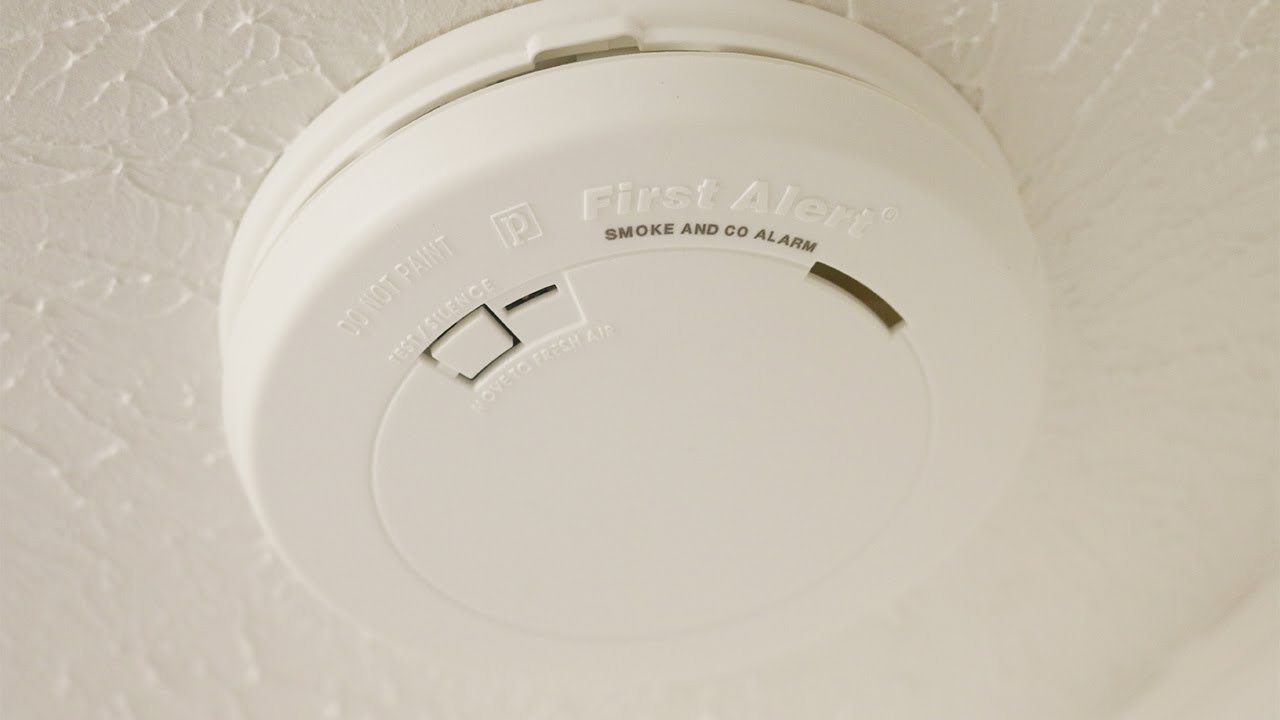

Articles
How Do I Know If My Smoke Detector Is Also A Carbon Monoxide Detector
Modified: February 24, 2024
Learn how to determine if your smoke detector also functions as a carbon monoxide detector with this informative article. Keep your home safe from both fire and toxic gases.
(Many of the links in this article redirect to a specific reviewed product. Your purchase of these products through affiliate links helps to generate commission for Storables.com, at no extra cost. Learn more)
Introduction
Welcome to this guide on smoke detectors and carbon monoxide detectors. Both of these devices play crucial roles in keeping your home safe from potential hazards. Smoke detectors are designed to detect the presence of smoke, which can indicate a fire, while carbon monoxide detectors are meant to detect the presence of carbon monoxide gas, which is an odorless and colorless gas that can be deadly if inhaled in high concentrations.
Understanding the differences between these two types of detectors is important in ensuring that you have the right safety measures in place. In some cases, you might wonder if your smoke detector also works as a carbon monoxide detector or if you need a separate device for detecting carbon monoxide.
In this article, we will explore the functions of smoke detectors and carbon monoxide detectors, understand the differences between them, and address the common question of whether a smoke detector can also detect carbon monoxide gas.
It’s important to note that while smoke detectors and carbon monoxide detectors both serve vital purposes in a home, they are designed to detect and alert you to different dangers. Thus, it’s crucial to have the appropriate detectors for each hazard in order to maximize the safety of your household.
So, let’s dive into the details and learn more about smoke detectors, carbon monoxide detectors, and whether or not a smoke detector can also detect carbon monoxide gas.
Key Takeaways:
- Smoke detectors and carbon monoxide detectors serve distinct purposes and cannot be used interchangeably. It’s crucial to have both types of detectors to ensure comprehensive protection against fire and carbon monoxide hazards.
- While standard smoke detectors do not detect carbon monoxide, combination detectors are available, offering the convenience of dual functionality. Always confirm the capabilities of your detectors and prioritize regular testing and maintenance for optimal safety.
Understanding Smoke Detectors
Smoke detectors are essential safety devices that are designed to detect the presence of smoke in your home. They are typically installed in various locations throughout the house, such as the hallway, bedrooms, and kitchen, to provide early warning in case of a fire.
Smoke detectors work by using different types of sensors to detect smoke particles in the air. The most common type of sensor used in residential smoke detectors is the ionization sensor. This sensor contains a small amount of radioactive material that ionizes the air inside the detector. When smoke particles enter the detector, they disrupt the ionization process, which triggers the alarm to sound.
In addition to ionization sensors, some smoke detectors also use photoelectric sensors. These sensors emit a beam of light inside the detector. When smoke particles enter the chamber, they scatter the light, causing it to hit a photocell. This disruption of the light beam triggers the alarm to activate.
Combination smoke detectors are also available, which utilize both ionization and photoelectric sensors to provide dual detection capabilities. These detectors offer greater accuracy in detecting different types of fires, including those that produce small smoke particles or smoldering fires that may not generate as much visible smoke.
The importance of having functioning smoke detectors cannot be overstated. They provide early warning in the event of a fire, allowing you and your family to safely evacuate the premises before the situation becomes life-threatening. Regularly testing and replacing the batteries in your smoke detectors is crucial to ensuring their proper functionality.
It’s essential to understand that while smoke detectors are excellent at detecting smoke particles, they do not detect other potentially dangerous gases, such as carbon monoxide.
Next, let’s take a closer look at carbon monoxide detectors and their crucial role in keeping your home safe.
Understanding Carbon Monoxide Detectors
Carbon monoxide detectors are essential devices that are designed to detect the presence of carbon monoxide (CO) gas in your home. Carbon monoxide is a colorless, odorless, and tasteless gas that can be deadly if inhaled in high concentrations. It is produced by the incomplete combustion of fuels such as gas, oil, coal, and wood.
Carbon monoxide is a silent killer because it is virtually undetectable without the use of a detector. Symptoms of carbon monoxide poisoning can be similar to those of the flu, including headaches, dizziness, nausea, and confusion. Prolonged exposure to high levels of carbon monoxide can lead to loss of consciousness, organ damage, and even death.
Carbon monoxide detectors work by continually monitoring the air for the presence of carbon monoxide gas. They use different types of sensors, including electrochemical sensors, metal oxide semiconductors, and biomimetic sensors, to detect and measure the concentration of carbon monoxide in the surrounding environment.
When the carbon monoxide levels in the air exceed a certain threshold, the detector will sound an alarm to alert you of the potential danger. It is important to note that carbon monoxide detectors have different sensitivity levels, so it is crucial to choose one that meets the safety standards for your particular living space.
Carbon monoxide detectors are usually installed in areas close to potential sources of carbon monoxide, such as near gas furnaces, water heaters, fireplaces, and attached garages. It is recommended to have a carbon monoxide detector on each level of your home and near sleeping areas to provide early warning in case of a carbon monoxide leak.
Regular maintenance and testing of carbon monoxide detectors are essential to ensure their proper functioning. Be sure to replace the batteries and test the detectors regularly, following the manufacturer’s instructions.
Now that we have a better understanding of carbon monoxide detectors, let’s address the common question of whether a smoke detector can also detect carbon monoxide gas.
What is Carbon Monoxide?
Carbon monoxide (CO) is a toxic gas that is produced when fuels such as gas, oil, wood, or coal are burned incompletely. It is known as the “silent killer” because it is odorless, colorless, and tasteless, making it virtually undetectable without the use of specialized equipment like carbon monoxide detectors.
When carbon monoxide is released, it can quickly accumulate in enclosed spaces, such as homes or vehicles, reaching dangerous levels that can pose a serious threat to human health. Breathing in carbon monoxide deprives the body of oxygen, as it binds to hemoglobin in the bloodstream, preventing the normal delivery of oxygen to vital organs and tissues.
Carbon monoxide poisoning can have various adverse effects on the body. Mild exposure to low levels of carbon monoxide can cause symptoms such as headaches, dizziness, nausea, fatigue, and confusion, which are often mistaken for the flu. Prolonged or high-level exposure can result in severe symptoms, loss of consciousness, permanent brain damage, and even death.
Common sources of carbon monoxide in residential settings include malfunctioning or poorly maintained gas appliances (such as furnaces, water heaters, and stoves), chimneys, blocked or poorly ventilated flues, and car exhaust fumes seeping into confined spaces.
It is important to note that carbon monoxide can affect anyone, regardless of age or physical condition. However, infants, the elderly, and individuals with chronic heart or respiratory conditions are particularly vulnerable to the effects of carbon monoxide poisoning and may experience more severe symptoms at lower concentrations.
To protect yourself and your family from the dangers of carbon monoxide, it is crucial to have working carbon monoxide detectors installed in your home. These detectors are specifically designed to detect the presence of carbon monoxide gas and provide an early warning if levels become unsafe.
Now that we have a better understanding of carbon monoxide, let’s explore whether smoke detectors are capable of detecting carbon monoxide gas as well.
How do Smoke Detectors and Carbon Monoxide Detectors Work?
Smoke detectors and carbon monoxide detectors are both important safety devices that serve different purposes. While their ultimate goal is to protect you and your home from potential hazards, the way they operate and detect different substances varies.
Smoke detectors primarily work by using sensors that are designed to detect the presence of smoke particles in the air. The most common types of sensors used in smoke detectors are ionization and photoelectric sensors.
Ionization sensors work by using a small amount of radioactive material to ionize the air inside the detector. When smoke particles enter the chamber, they disrupt the ionization process, triggering the alarm to sound. This type of sensor is more effective at detecting smoke produced by flaming fires.
Photoelectric sensors operate differently. They emit a beam of light inside the detector, and when smoke particles enter the chamber, they scatter the light. This scattering triggers the alarm to activate. Photoelectric sensors are more proficient at detecting smoke produced by smoldering fires.
Carbon monoxide detectors, on the other hand, use various types of sensors to detect the presence of carbon monoxide gas. These sensors include electrochemical sensors, metal oxide semiconductors, and biomimetic sensors.
Electrochemical sensors are the most common type used in residential carbon monoxide detectors. They contain electrodes immersed in a chemical solution. When carbon monoxide comes into contact with the electrodes, it initiates a chemical reaction, which generates an electric current. The level of carbon monoxide is then measured by the detector, and if it exceeds a certain threshold, the alarm is triggered.
Metal oxide semiconductors and biomimetic sensors operate by detecting changes in electrical resistance when exposed to carbon monoxide. These sensors monitor the air for any fluctuations indicating the presence of carbon monoxide, and once a critical threshold is reached, the alarm is activated.
It is important to note that while some advanced smoke detectors may include carbon monoxide sensors, not all smoke detectors are capable of detecting carbon monoxide gas. Carbon monoxide detectors, on the other hand, are specifically designed to detect carbon monoxide and cannot reliably detect smoke.
By understanding how smoke detectors and carbon monoxide detectors work, you can make informed decisions about the types of detectors you need in your home to ensure comprehensive safety.
Next, we will explore whether a smoke detector can also function as a carbon monoxide detector.
Check the label on your smoke detector to see if it also detects carbon monoxide. Look for the “CO” symbol or the words “carbon monoxide detector” on the device. If in doubt, consult the manufacturer’s website or customer service.
Read more: How Do I Dispose A Carbon Monoxide Detector
Can a Smoke Detector also Detect Carbon Monoxide?
No, a standard smoke detector cannot detect carbon monoxide gas. Smoke detectors are designed specifically to detect the presence of smoke particles in the air, which indicates a potential fire. These detectors use sensors such as ionization and photoelectric sensors to sense the presence of smoke and trigger the alarm.
While carbon monoxide and smoke may both be byproducts of a fire or combustion process, they are different substances that require distinct detection mechanisms. Carbon monoxide is a colorless, odorless, and tasteless gas that cannot be detected by smoke detectors.
Carbon monoxide detectors, on the other hand, are specifically designed to detect the presence of carbon monoxide gas. These detectors use different types of sensors, such as electrochemical sensors, metal oxide semiconductors, or biomimetic sensors, to measure the concentration of carbon monoxide in the surrounding air. When the level of carbon monoxide exceeds a certain threshold, the detector will sound an alarm to alert you to the potential danger.
It is essential to have both smoke detectors and carbon monoxide detectors installed in your home to ensure comprehensive protection against the respective hazards. While smoke detectors are crucial for early fire detection, carbon monoxide detectors provide early warning in case of a carbon monoxide leak from appliances, faulty heating systems, or other potential sources.
Fortunately, there are combination detectors available that integrate both smoke detection and carbon monoxide detection capabilities into a single device. These combination detectors offer the convenience of having two essential safety functions in one unit. They are especially beneficial in areas where having multiple devices might be impractical or where space is limited.
When purchasing detectors for your home, it is important to ensure that they are certified to meet recognized safety standards and are suitable for your specific needs. Look for certifications such as UL (Underwriters Laboratories) or CSA (Canadian Standards Association) to ensure that your detectors meet the necessary standards for reliable operation.
Remember, the safety of your household should always be a priority. Regularly test your smoke detectors and carbon monoxide detectors, replace batteries as needed, and follow manufacturer’s guidelines for maintenance and operation.
Now that we have clarified that smoke detectors do not detect carbon monoxide, let’s explore some signs that indicate if your smoke detector is also a carbon monoxide detector.
Signs of a Smoke Detector that is also a Carbon Monoxide Detector
While standard smoke detectors do not detect carbon monoxide, there are combination smoke and carbon monoxide detectors available that provide both types of detection in one device. These combination detectors offer the convenience of having dual functionality, ensuring comprehensive protection against both fire and carbon monoxide hazards.
Here are some signs that indicate if your smoke detector is also a carbon monoxide detector:
- Labeling: Look for labeling or markings on the detector itself or its packaging that explicitly state it is a combination smoke and carbon monoxide detector. Manufacturers often clearly indicate the presence of carbon monoxide detection capabilities to differentiate these devices from standard smoke detectors.
- Features and Functions: Combination detectors typically have additional features and functions beyond those found in standard smoke detectors. These may include a separate alarm sound for carbon monoxide detection, a digital display that shows the level of carbon monoxide detected, or even voice alerts to indicate the nature of the detected threat.
- Testing Modes: Combination detectors often have separate testing modes for both smoke and carbon monoxide detection. The testing mode for carbon monoxide detection may involve generating a small amount of carbon monoxide or simulating its presence to ensure the detector is functioning correctly.
- Instructions and Manuals: Read the instruction manual or user guide provided by the manufacturer. If your smoke detector also detects carbon monoxide, the manual will provide specific instructions on how to test, maintain, and interpret the carbon monoxide detection function.
- Date of Purchase: If you purchased your detector recently or within the past few years, it is more likely to be a combination smoke and carbon monoxide detector. Manufacturers have been increasingly incorporating both functionalities into a single device in response to safety regulations and consumer demand.
It is important to note that these signs are general guidelines and may vary depending on the specific make and model of the detector. Always refer to the manufacturer’s information and guidelines to confirm the capabilities of your device.
Regardless of whether your device is a combination detector or separate smoke and carbon monoxide detectors, it is crucial to regularly test and maintain them to ensure their proper functioning. Follow the manufacturer’s instructions for testing, battery replacement, and recommended maintenance procedures for both smoke and carbon monoxide detection functions.
Now that we have discussed signs that indicate if your smoke detector is also a carbon monoxide detector, let’s explore the importance of having a carbon monoxide detector in your home.
How to Check if Your Smoke Detector is also a Carbon Monoxide Detector
If you are unsure whether your smoke detector also functions as a carbon monoxide detector, there are several steps you can take to check its capabilities. Here’s how to determine if your smoke detector is also a carbon monoxide detector:
- Inspect the Labeling: Begin by examining the detector itself for any labeling or markings that indicate it is a combination smoke and carbon monoxide detector. Look for phrases such as “Smoke and Carbon Monoxide Alarm,” “Combination Detector,” or “CO Detection.” If you find such labeling, it confirms that your device has both smoke and carbon monoxide detection capabilities.
- Refer to the User Manual: Locate the user manual or instruction guide that came with your smoke detector. Look for any specific information regarding carbon monoxide detection, including testing procedures and maintenance requirements. The manual should clearly state if your device includes carbon monoxide detection or if it is solely a smoke detector.
- Online Product Research: If you no longer have the user manual or have difficulty finding information on your specific model, try researching the product online. Visit the manufacturer’s website or search for the model number to find the product specifications and features. Look for any mentions or descriptions of carbon monoxide detection functionality.
- Contact the Manufacturer: If you are still uncertain about your detector’s capabilities, reach out to the manufacturer directly. Contact their customer support or visit their website to inquire about your specific model and whether it includes carbon monoxide detection. They should be able to provide you with the necessary information and clarification.
- Consider the Age of the Detector: If you purchased your smoke detector recently or within the last few years, there is a higher chance that it is a combination smoke and carbon monoxide detector. Manufacturers have been increasingly incorporating both functionalities into a single device to meet safety standards and consumer demands.
Remember, it is important to have working smoke detectors and carbon monoxide detectors in your home to ensure comprehensive safety. If your smoke detector does not have carbon monoxide detection capabilities, consider investing in a separate carbon monoxide detector to provide protection against this silent and deadly gas.
Regularly test and maintain your detectors according to the manufacturer’s guidelines to ensure their proper functioning. Replace batteries as needed and test the alarms regularly to ensure they are functioning correctly.
By confirming the capabilities of your smoke detector and supplementing it with a carbon monoxide detector if necessary, you can enjoy greater peace of mind and enhance the safety of your household.
Now that we have discussed how to check if your smoke detector is also a carbon monoxide detector, let’s explore the importance of having a carbon monoxide detector in your home.
Importance of Having a Carbon Monoxide Detector
Having a carbon monoxide (CO) detector in your home is of utmost importance for the safety and well-being of everyone who resides there. Here are several reasons why having a carbon monoxide detector is crucial:
- Detecting an Invisible Hazard: Carbon monoxide is a colorless, odorless, and tasteless gas, often referred to as the “silent killer.” Without a detector, it is impossible to detect its presence, making it extremely dangerous. A carbon monoxide detector is designed to sense and alert you to the presence of this deadly gas, providing early warning before the situation becomes life-threatening.
- Preventing Carbon Monoxide Poisoning: Carbon monoxide poisoning can lead to various health issues, ranging from mild symptoms like headaches, dizziness, and nausea to more severe outcomes like loss of consciousness, organ damage, and even death. Having a carbon monoxide detector allows you to be promptly alerted if dangerous levels of carbon monoxide are detected, giving you the opportunity to evacuate and seek medical attention if necessary.
- Monitoring Appliances and Heating Systems: Malfunctioning or improperly maintained fuel-burning appliances, such as furnaces, water heaters, fireplaces, and stoves, can release carbon monoxide into your home. A carbon monoxide detector helps you monitor these systems and detect any leaks or malfunctions, allowing you to take corrective action and ensure their safe operation.
- Protecting During Sleeping Hours: Carbon monoxide can be especially dangerous during sleeping hours when people are unaware of the presence of the gas. Since carbon monoxide is odorless, it cannot be detected without a proper detector. Having a carbon monoxide detector near sleeping areas provides a crucial early warning system, giving you and your loved ones the opportunity to wake up, evacuate, and seek safety if necessary.
- Complementing Smoke Detectors: While smoke detectors are essential for fire safety, they do not detect carbon monoxide. Having a carbon monoxide detector complements the protection provided by smoke detectors, ensuring that you have comprehensive coverage for both fire and carbon monoxide hazards.
It is important to strategically place carbon monoxide detectors throughout your home. Install detectors on each level of your home and near sleeping areas for optimal coverage. Follow the manufacturer’s guidelines on installation, maintenance, and regular testing to ensure the detectors are working effectively.
When selecting a carbon monoxide detector, choose one that meets recognized safety standards and carries certifications such as UL (Underwriters Laboratories) or CSA (Canadian Standards Association). These certifications ensure that the detector has undergone rigorous testing and meets the necessary safety requirements.
Remember, carbon monoxide detectors have a limited lifespan and may need to be replaced every 5 to 7 years (check the manufacturer’s recommendation). Regularly test the detectors, replace batteries as needed, and follow the manufacturer’s instructions for any maintenance or calibration requirements.
The bottom line is that having a carbon monoxide detector in your home is essential for protecting yourself and your loved ones from the dangers of carbon monoxide gas. It provides peace of mind and serves as a crucial line of defense against this silent and deadly threat.
Now that we understand the importance of having a carbon monoxide detector, let’s conclude our article.
Read more: When Do I Need A Carbon Monoxide Detector
Conclusion
In conclusion, smoke detectors and carbon monoxide detectors are both vital devices for ensuring the safety of your home and the well-being of everyone inside. While smoke detectors are designed to sense the presence of smoke and alert you to a potential fire, carbon monoxide detectors serve the critical function of detecting the odorless and invisible threat of carbon monoxide gas.
It is important to understand that standard smoke detectors do not detect carbon monoxide. However, combination smoke and carbon monoxide detectors are available, offering dual functionality to provide comprehensive protection against both fire and carbon monoxide hazards.
When determining whether your smoke detector is also a carbon monoxide detector, inspect the labeling, refer to the user manual, or contact the manufacturer for clarification. It is always better to be certain about the capabilities of your detectors to ensure your safety.
Having a carbon monoxide detector in your home is crucial for several reasons. It detects the presence of the colorless and odorless gas, allowing you to take prompt action and seek safety in the event of a carbon monoxide leak. Carbon monoxide detectors also help monitor fuel-burning appliances and heating systems, providing added peace of mind and ensuring their proper operation.
By strategically placing carbon monoxide detectors throughout your home and regularly testing and maintaining them, you can mitigate the risks associated with carbon monoxide poisoning and sleep easy knowing that you have comprehensive protection against this silent threat.
Remember, the safety and well-being of your household should always be a top priority. Invest in certified and reliable smoke detectors and carbon monoxide detectors, follow manufacturer’s guidelines for testing and maintenance, and replace batteries as needed.
With the knowledge gained from this article, you are now equipped to make informed decisions about the detectors you need in your home to keep yourself and your loved ones safe. Stay vigilant, stay informed, and stay protected.
Frequently Asked Questions about How Do I Know If My Smoke Detector Is Also A Carbon Monoxide Detector
Was this page helpful?
At Storables.com, we guarantee accurate and reliable information. Our content, validated by Expert Board Contributors, is crafted following stringent Editorial Policies. We're committed to providing you with well-researched, expert-backed insights for all your informational needs.
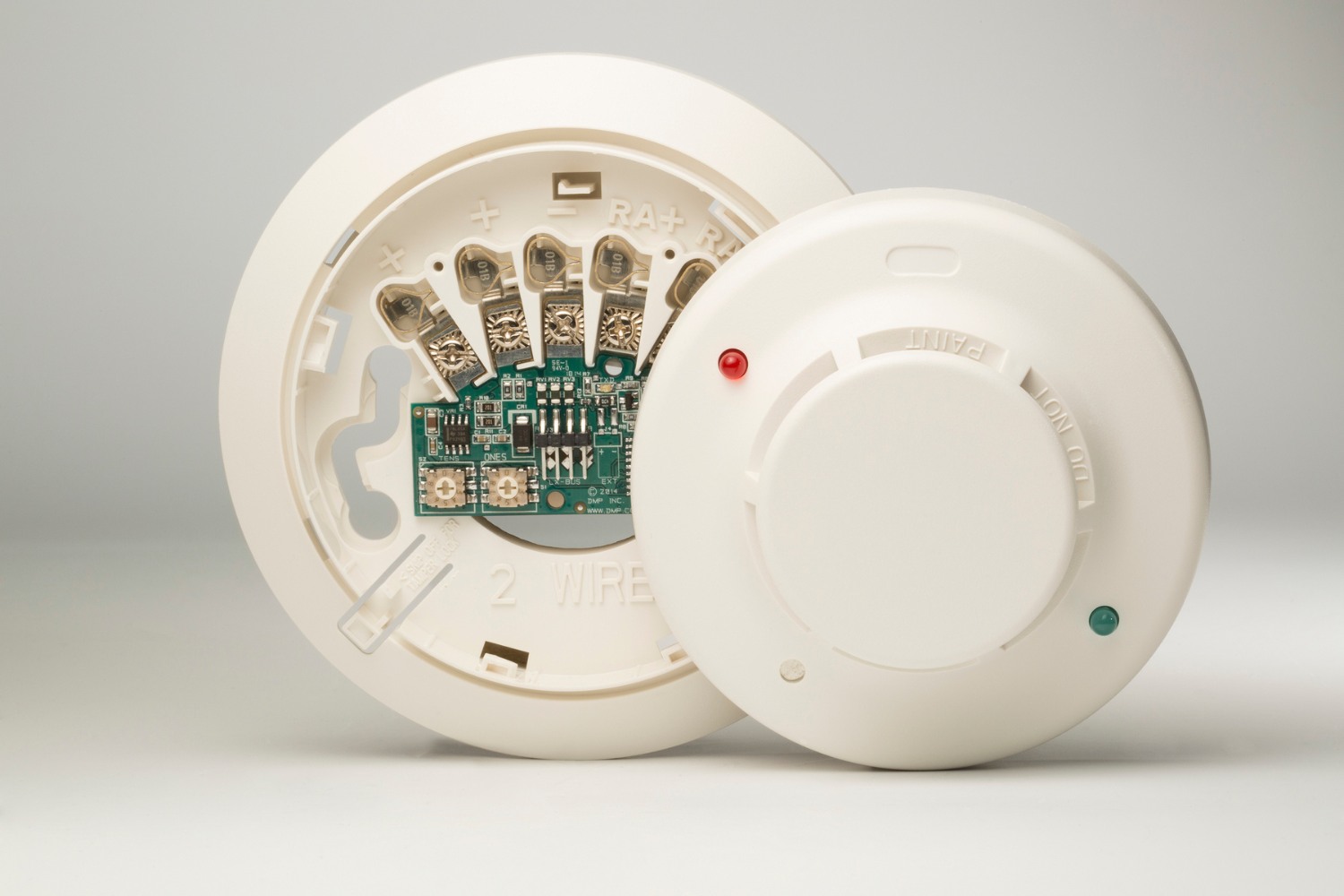
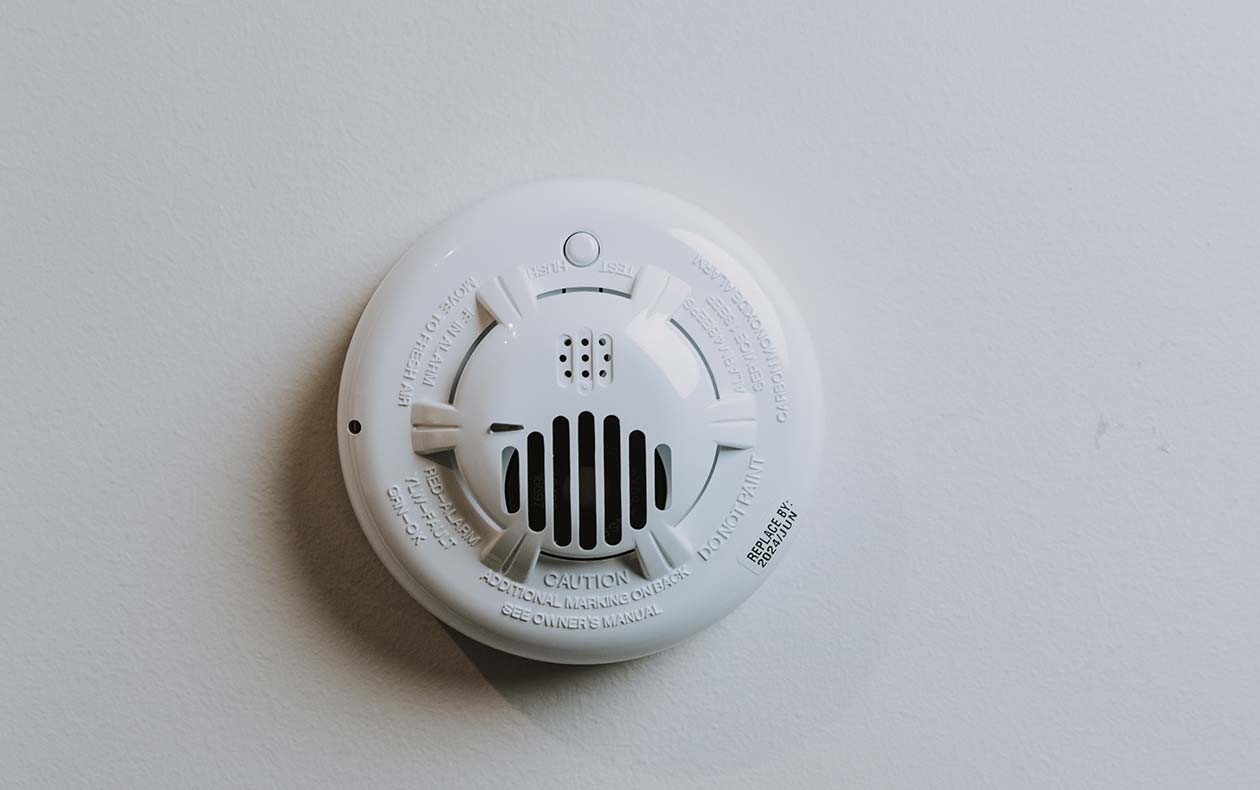
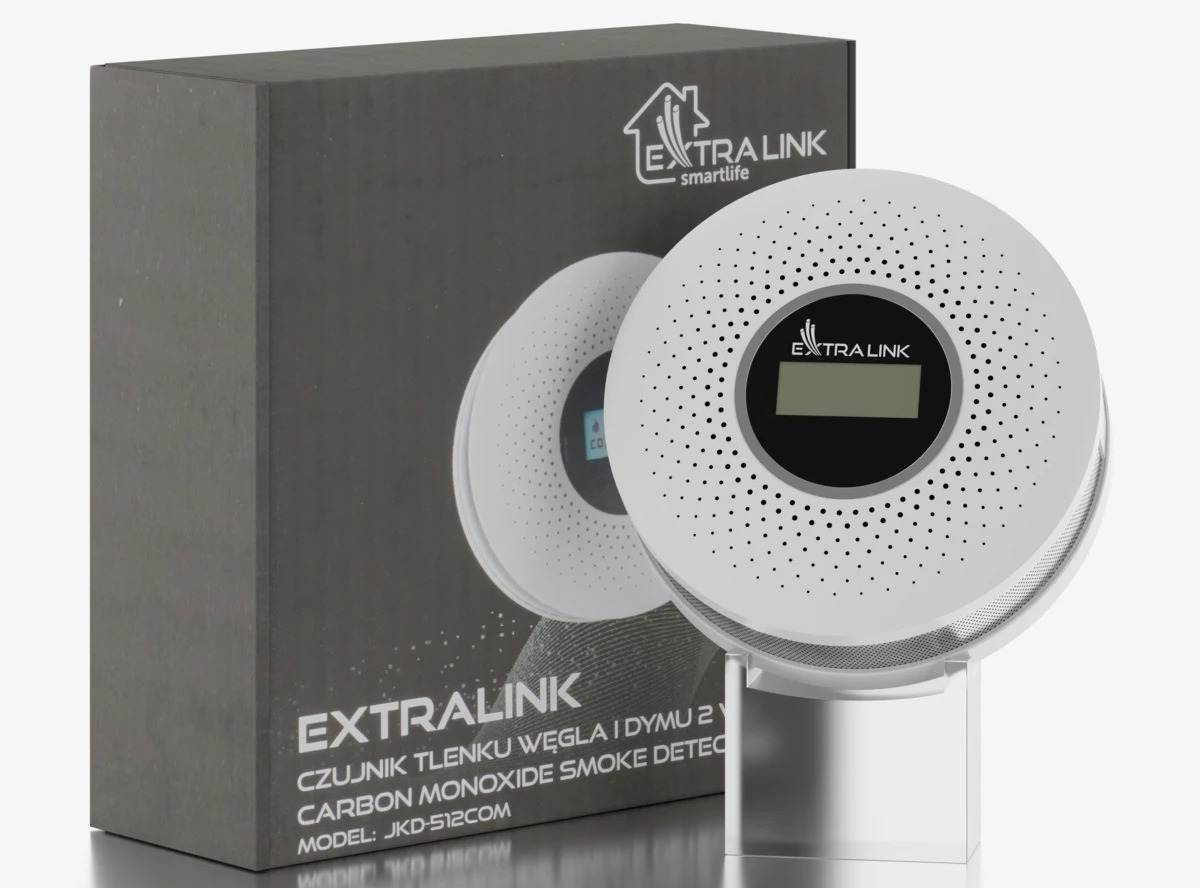
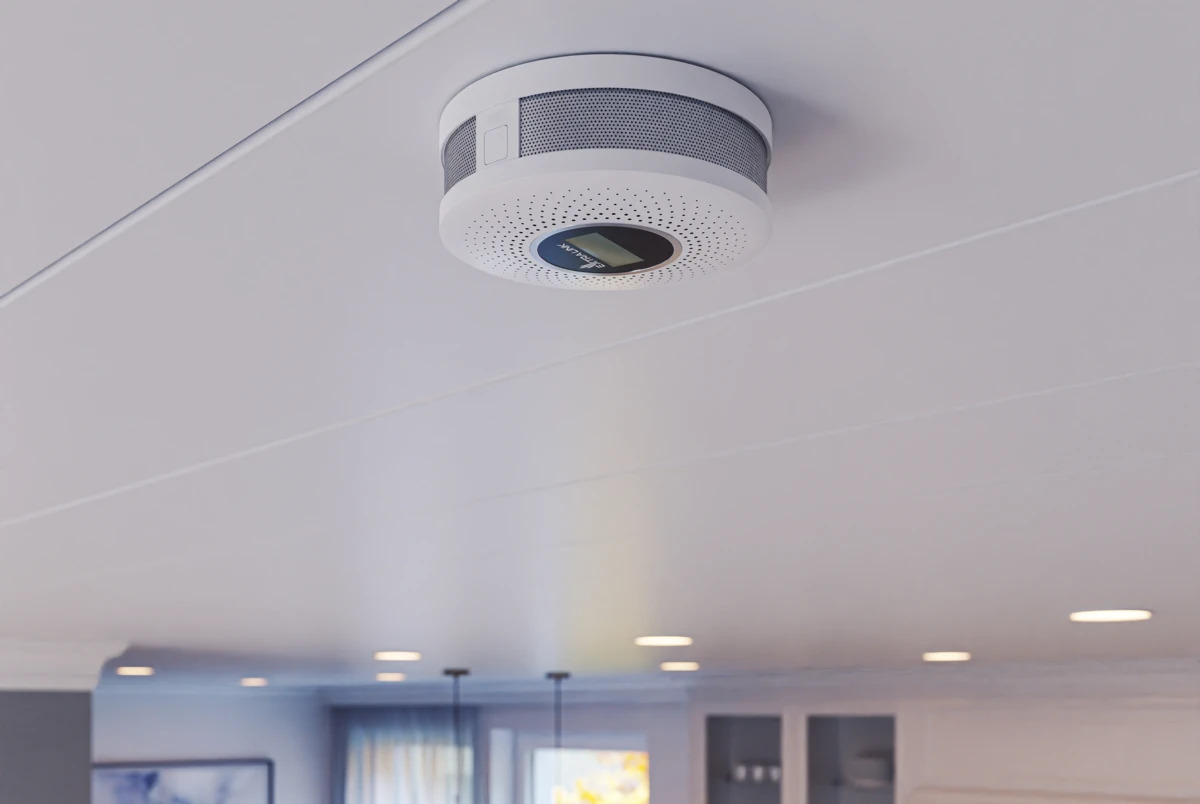
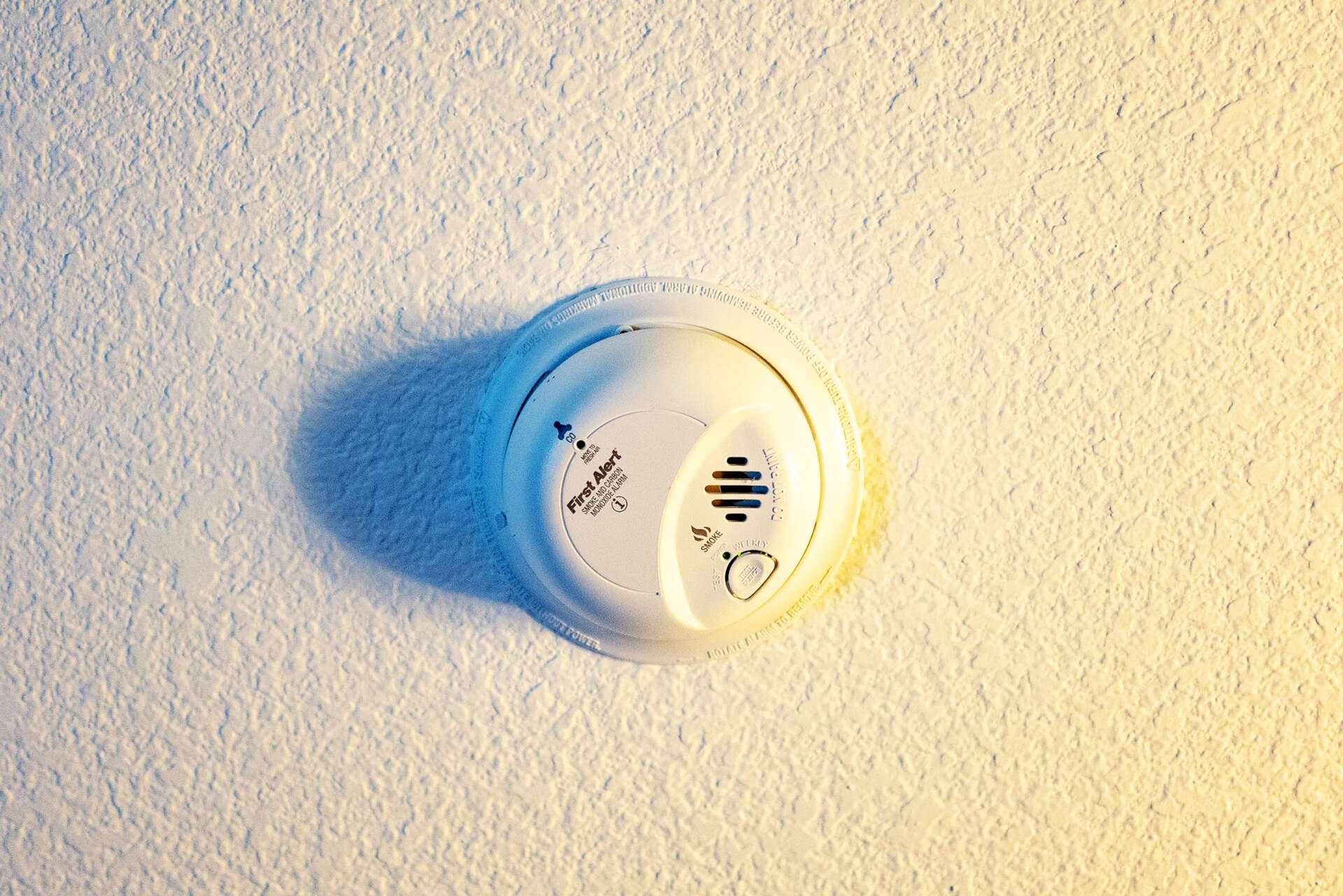
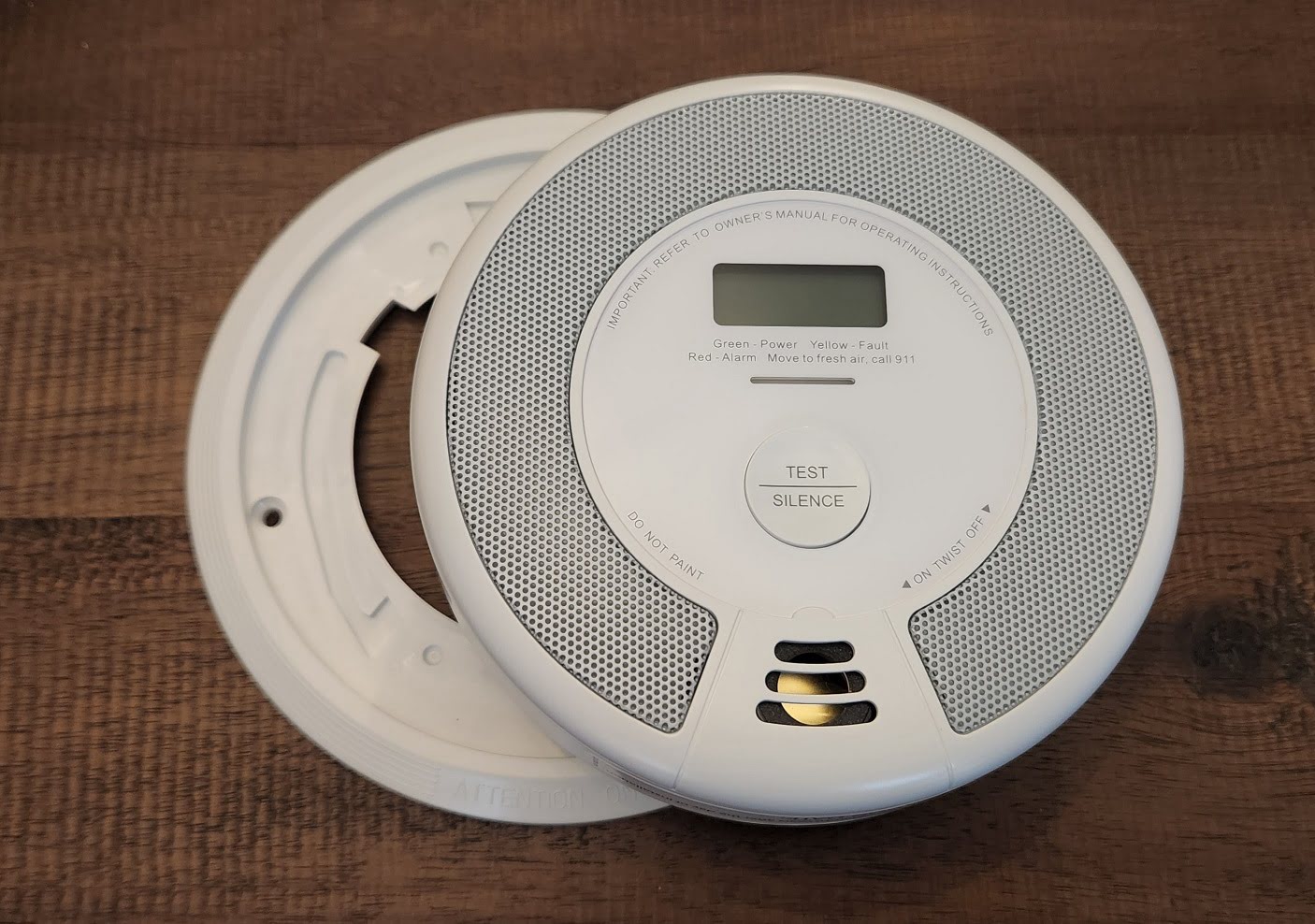
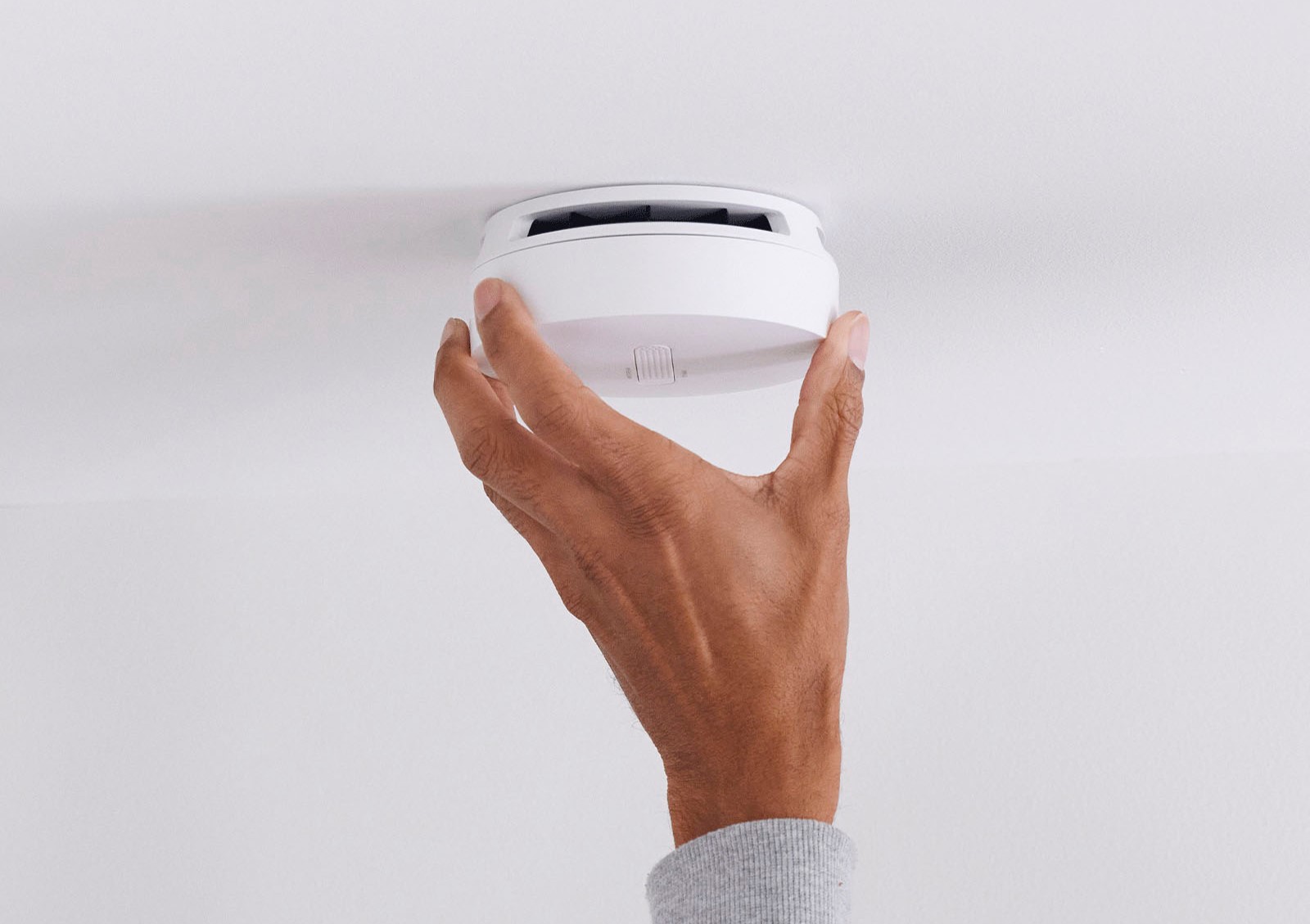
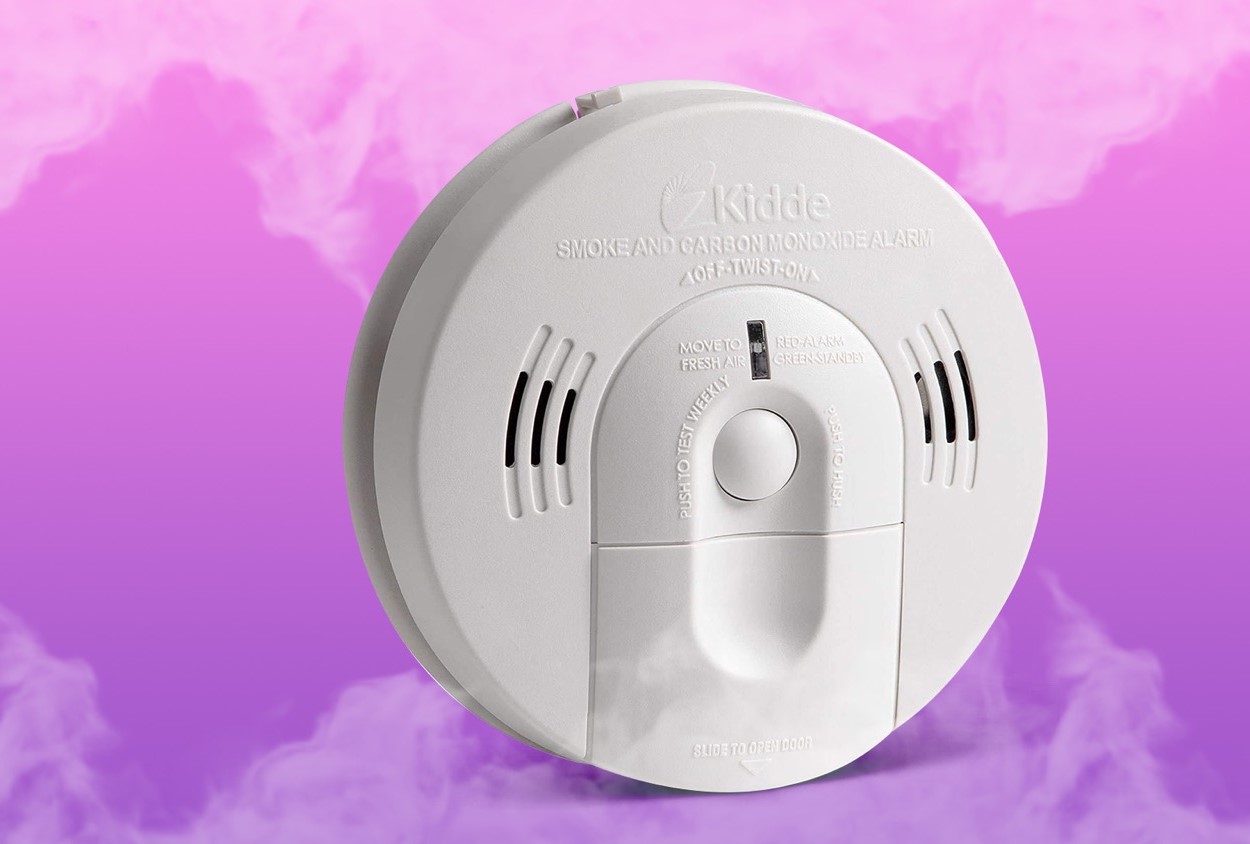
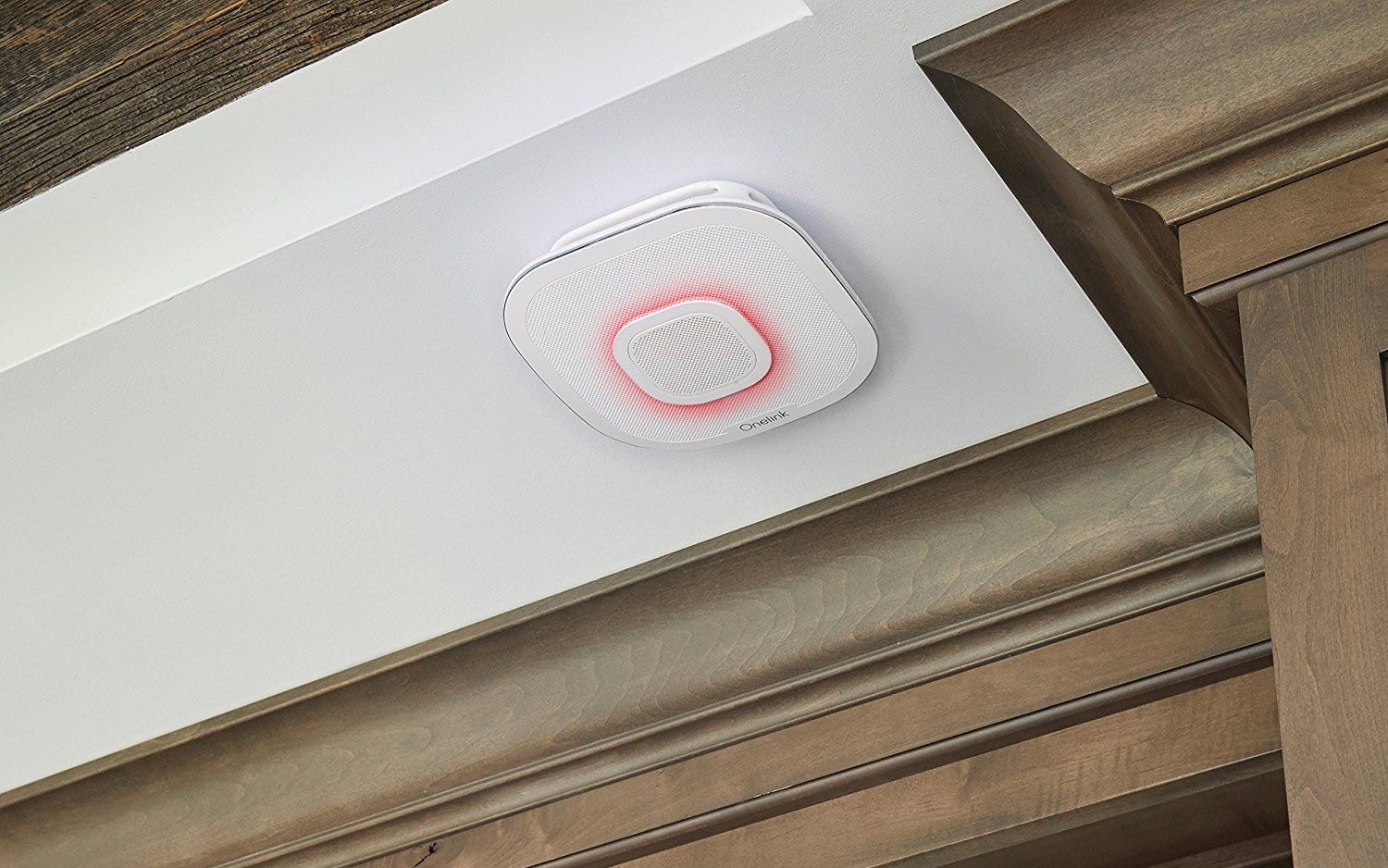
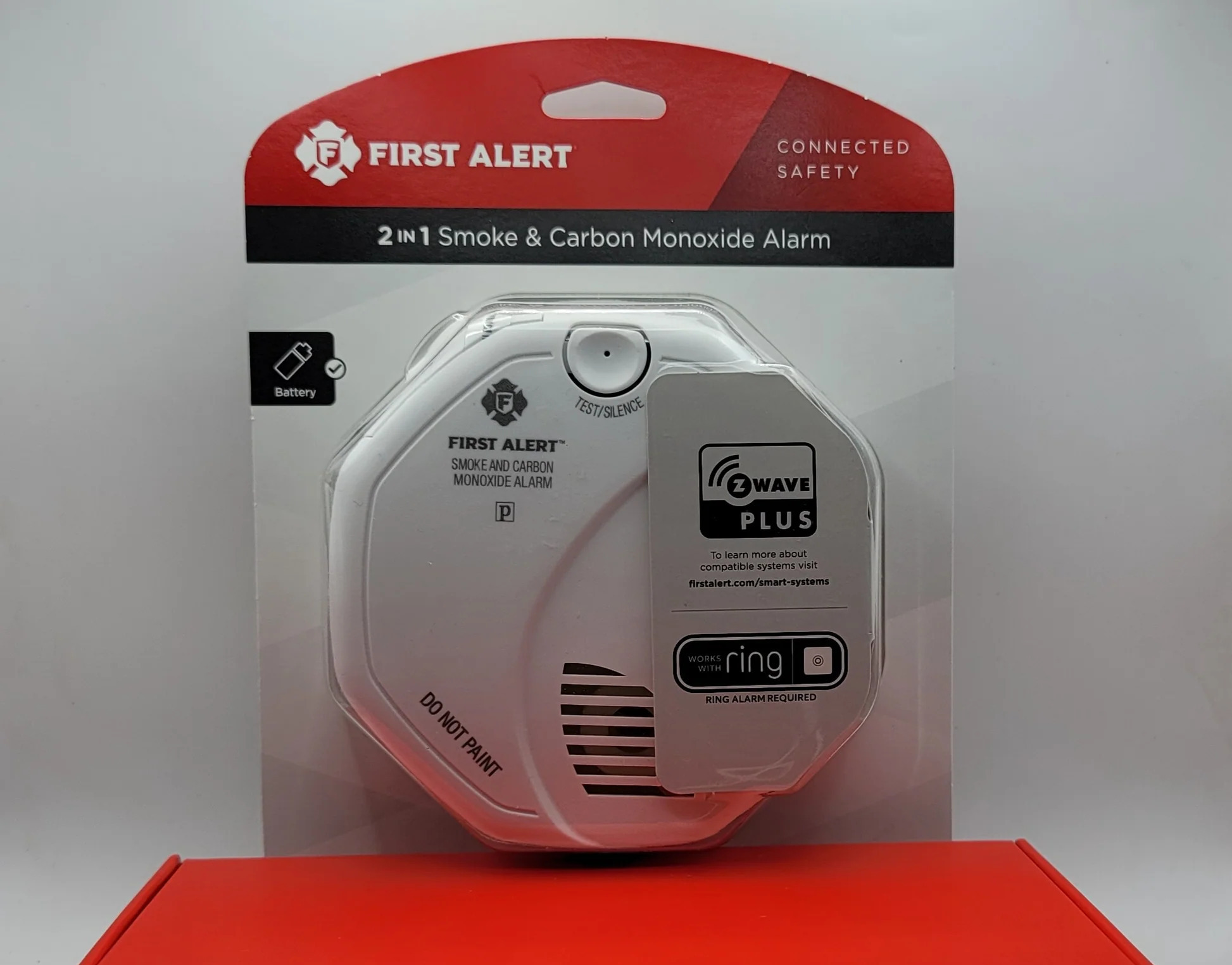
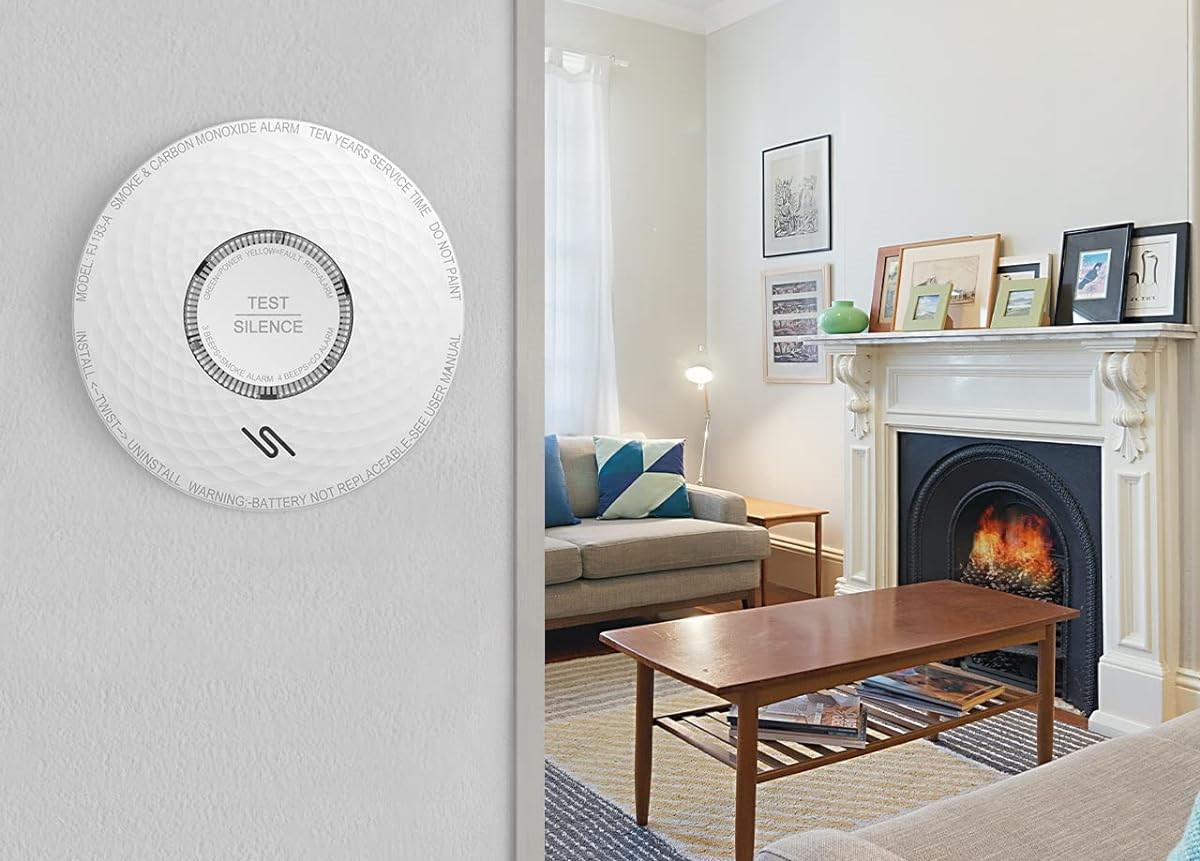
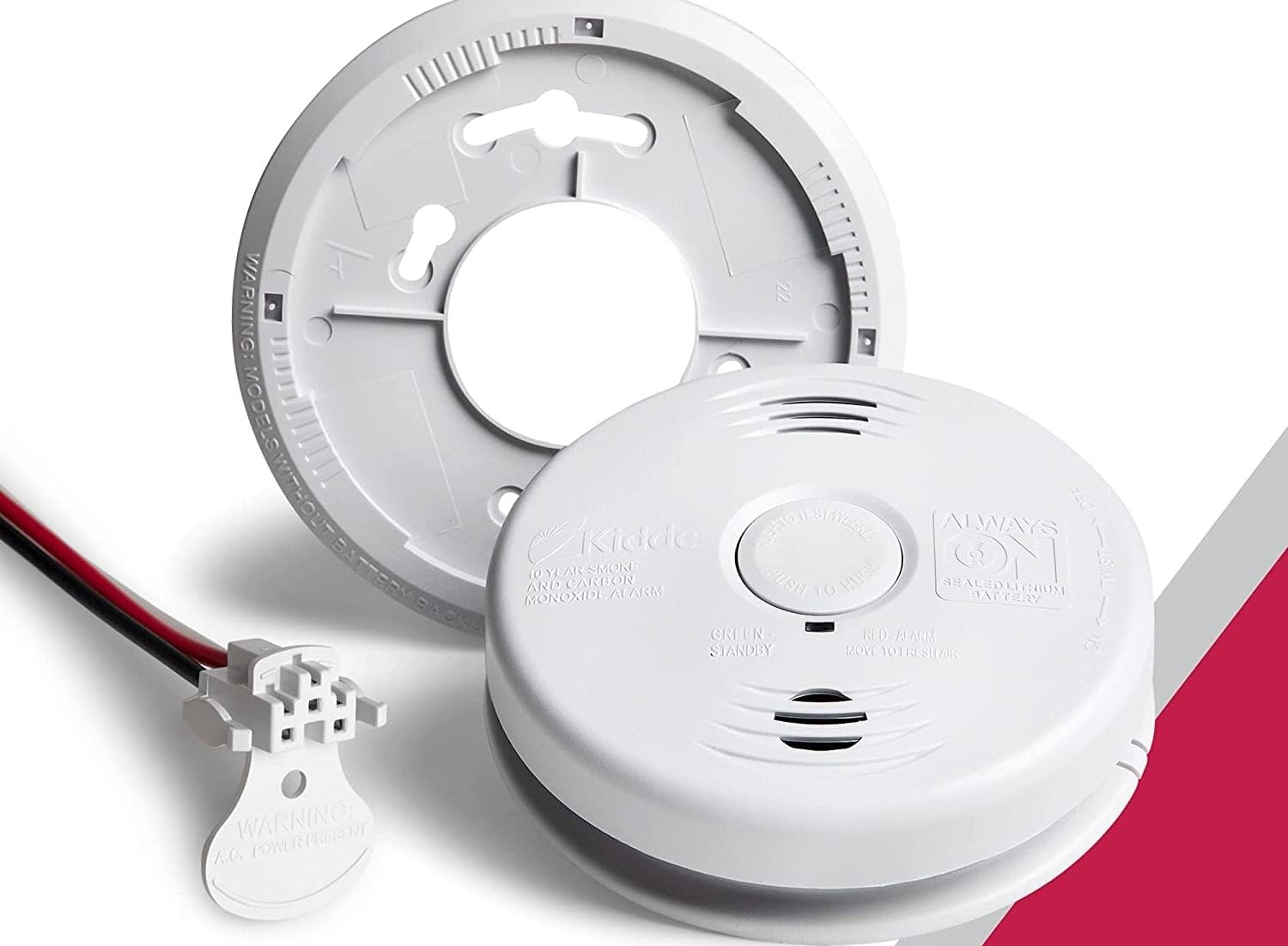
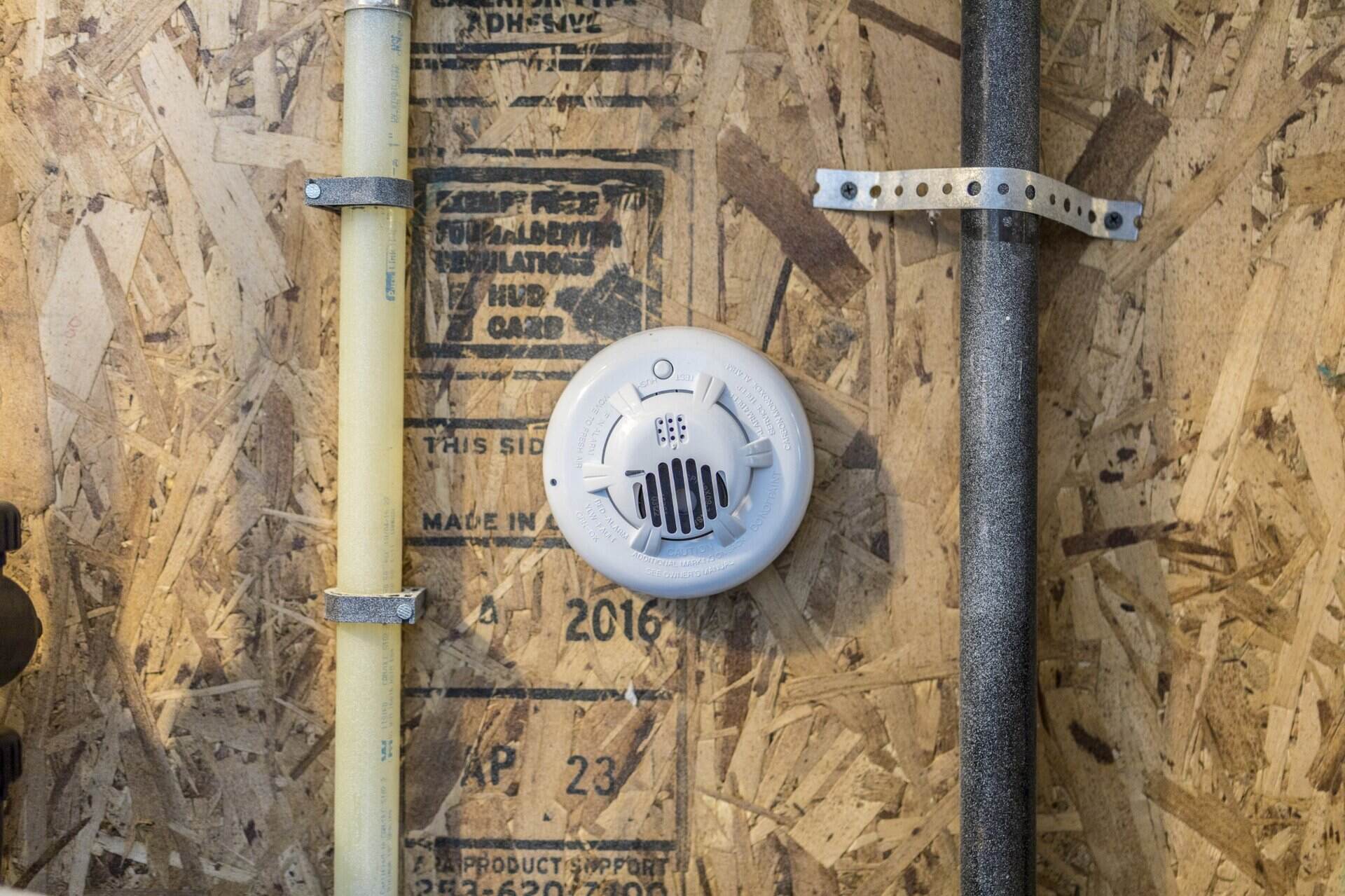

0 thoughts on “How Do I Know If My Smoke Detector Is Also A Carbon Monoxide Detector”